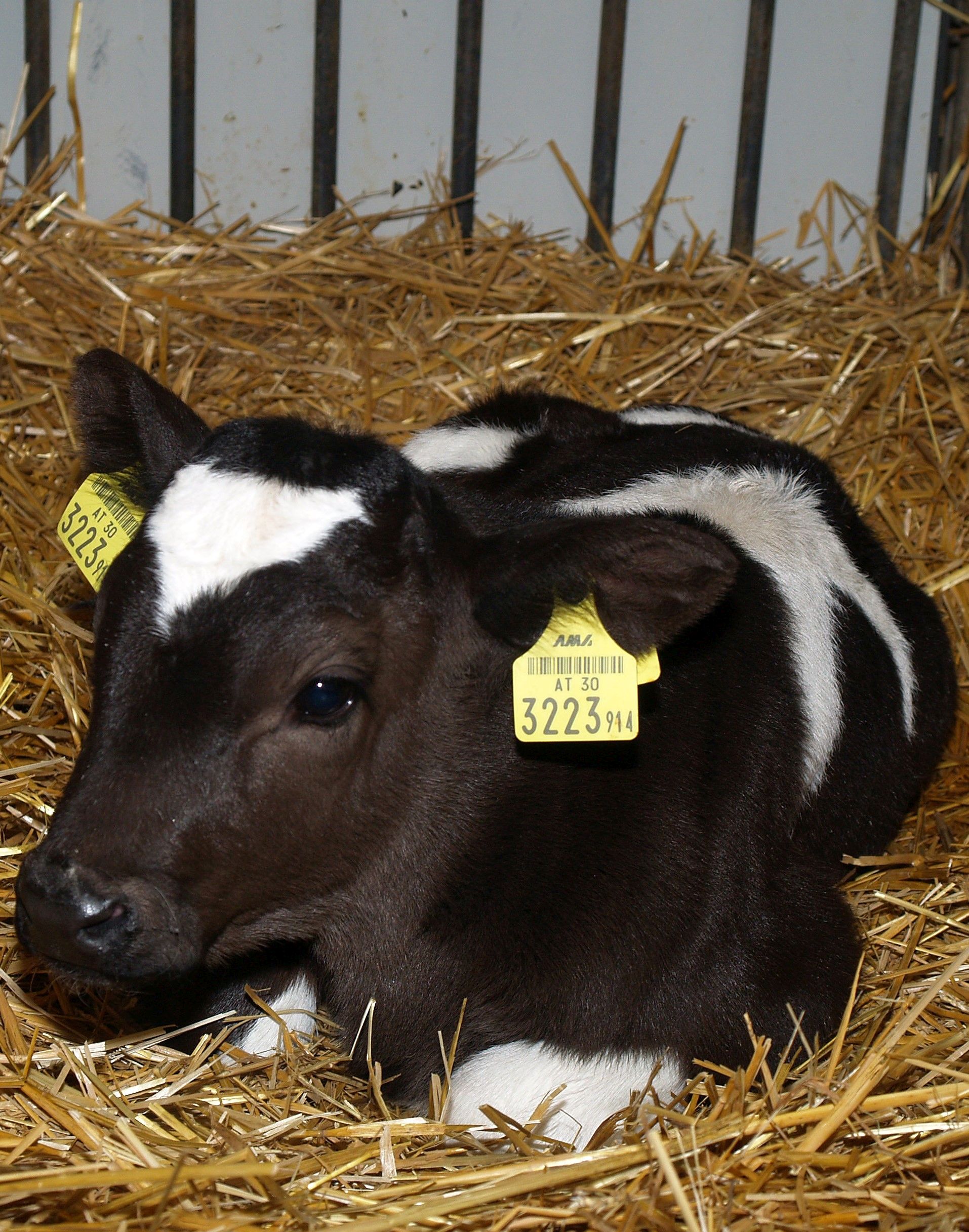At the end of 2021, a research project was completed in which the HBLFA Raumberg-Gumpenstein (Institute for Livestock Research) and the University of Veterinary Medicine Vienna (Institute for Animal Nutrition and Functional Plant Substances) examined various feeding concepts for calves. The project goal was to find out how different hay quality (sugar hay vs. medium quality hay) and concentrate feed use (no concentrate vs. 70% concentrate in solid feed) affect the feed intake, daily weight gain and metabolism of the calves. The first results of this research project have now been published in the American Journal of Dairy Science, one of the most renowned journals in the field of animal nutrition.
Links to the Journal of Dairy Science:
The results of this research project will also be presented HBLFA Further information and the conference program can be found here. ( Link to conference program )
Below you will find a brief summary of this research project:
Starter feed rich in concentrated feed is often used in calf feeding. However, the low structural content of such starter feed can lead to metabolic problems in calves and impair the development of the digestive tract. High quality hay could be an alternative that is high in protein and energy as well as sufficiently high in structure. A research project therefore examined how hay quality (medium quality hay - "MQH", high quality hay - "HQH") and the use of concentrated feed (no concentrated feed, 70% concentrated feed - "+KF") affect feed and nutrient intake, daily weight gain, digestibility of the ration and metabolic parameters in the blood. 40 calves of the Holstein Friesian breed were assigned to one of four experimental groups immediately after birth (MQH, HQH, MQH+KF, HQH+KF). From the first to the 14th week of life, the intake of acidified milk drinks, solid food and water was recorded daily and the live weight weekly. Blood samples were collected in the first week of life and at the end of weeks 3, 7, 11 and 13. Fecal samples were also taken at the 14th week of life in order to examine the digestibility of the ration. In the first 8 weeks of life, food intake and daily gain did not differ between the experimental groups. From the 10th week of life onwards, dry matter, protein and energy intake of the calves fed with MQH were significantly lower than in the other groups, which did not differ from each other. One reason for the high feed intake of the HQH calves was the high digestibility of the hay. After weaning at the end of the 12th week of life, the MQH and MQH+KF groups had lower daily weight gain than the HQH and HQH+KF animals. The content of β-hydroxybutyric acid and cholesterol in the blood after weaning was significantly higher in the calves fed only hay than in the hay concentrate groups, which indicates better development of the rumen mucosa. The results of this project show that calf starters rich in concentrated feed can be replaced with high quality hay without causing a decline in feed intake and daily gain. Furthermore, this feeding strategy is also likely to have a positive effect on the development of the digestive tract.







